Are Static Roof Vents Better than Turbines?
Rain Heads Custom Made Shipped Free Australia Wide – Click Here >
Dambuster Rain Heads Shipped Free Australia Wide – Click Here >
Commercial Industrial Roof Vents 300mm-950mm – Click Here >
Eco-Friendly Roofing Insulation Shipped Free – Click Here >
Gutter Sumps Shipped Free Australia Wide – Click Here >
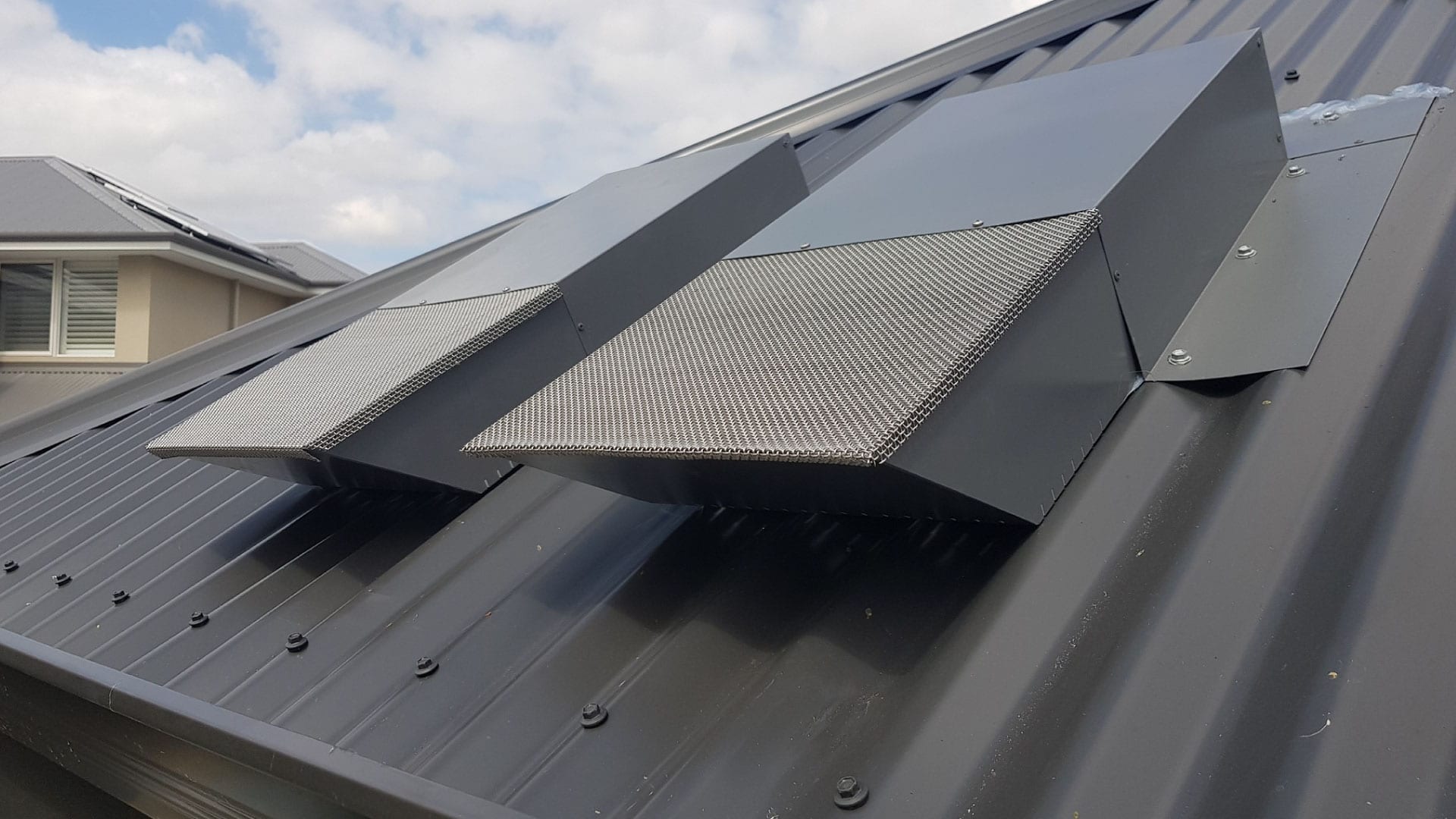
What is a static roof vent?
As with many things in life, the better type of roof ventilation for your property will often depend on individual circumstances. For example, static roof vents tend to be more suitable for regions with a moderate climate. In contrast, turbine vents—which are sometimes powered by the wind—are more suitable for areas where the weather is a little more enthusiastic.
As a general rule, turbine roof ventilation is better if you require the most significant possible capacity to move air around your property. For properties that have a large roof and are in a windy region, static vents offer a much less intrusive way to get the necessary ventilation.
Free Tactical Knife >
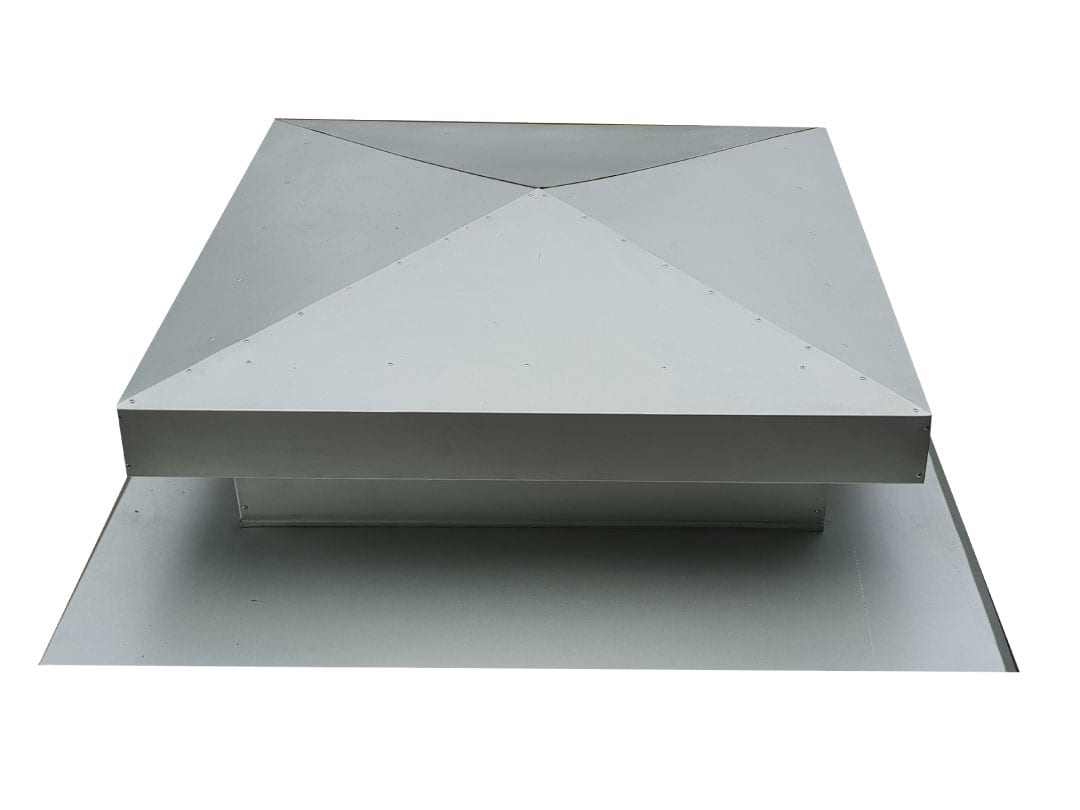
What Are Static Roof Vents?
Static vents, as the name suggests, are vents where there are no moving parts required in order to make the vent work. These vents rely on the natural movement of air, such as that created by temperature and pressure differentials.
Ultimate Dog Training System >
A popular example of a static vent is the ridge vent, which is installed along the peak of a roof and vents air at the very highest point of the property’s internal volume.
Free Tactical Neck Knife >
Static vents are not limited to exhausts, however. All venting systems need an intake vent to allow fresh air into the property to replace the air that has been vented out. One example of this is soffit vents. When used together, soffit vents allow air to be drawn up from the lowest point of the attic, while warmer air inside the attic is drawn up and out of the ridge vent at the top. This creates the necessary movement of air that is the main purpose of roof ventilation.
One of the main appealing factors about static vents is that they require no maintenance and cost nothing to use. They can also be considerably lower profile than turbine vents, with some ridge vents being indistinguishable from the roof itself.
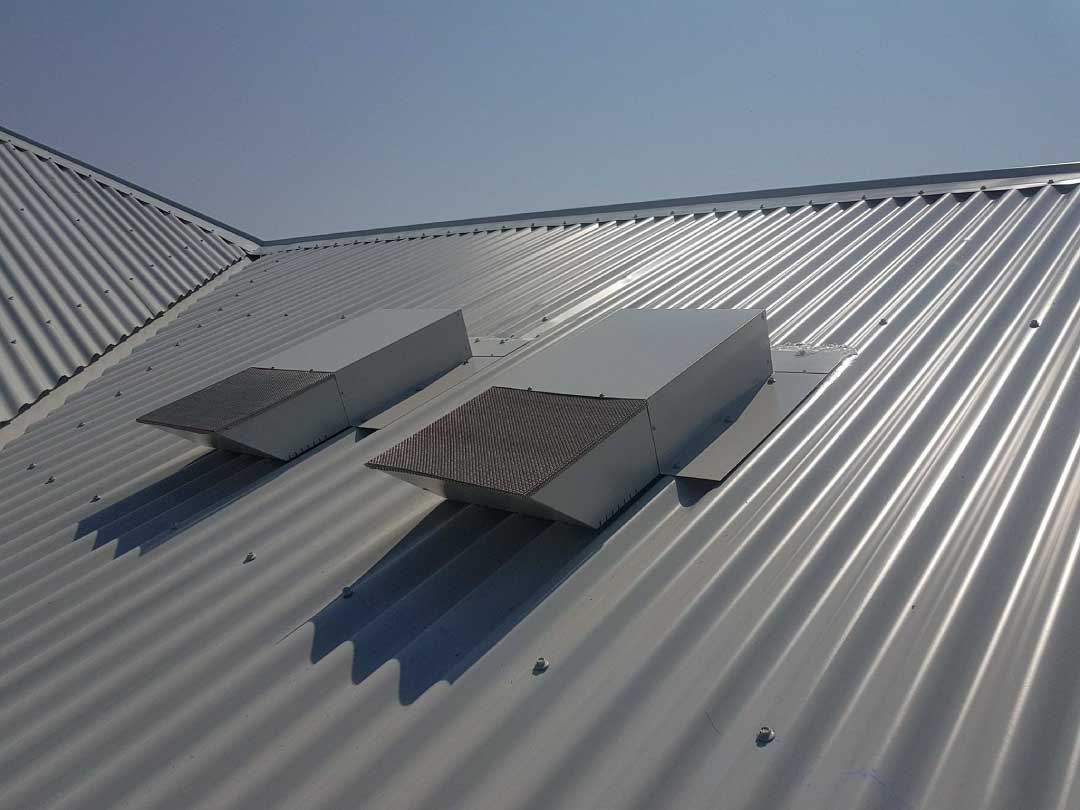
What Are Turbine Roof Vents?
Turbine roof vents play a more active role in air movement than static vents. Using a turbine, they suck air up through the vent in much the same way a vacuum cleaner would—though perhaps not quite as powerful. It is the active component that makes turbine vents more suitable for properties where a lot of air movement needs to be generated.
The means by which the turbine is spun comes in a number of different flavours. It can be connected up to the building’s power supply, its own solar panel can power it, and it can even be powered by the wind outside.
Free Tactical Knife >
As we’ve mentioned, the main advantage of turbine vents is their superior capacity for air movement; however, they also have downsides, such as requiring a power source. Also, the fact that there are moving parts in the vent means they are susceptible to wear and tear and can break down over time.
When turbine vents begin to deteriorate, they tend to become noisy, often generating a loud squeaking noise that is unpleasant to all within earshot. This kind of problem can be avoided with regular maintenance, however, though this is a step that is not required with static roof vents.
Whirlybird Vents
Whirlybird roof vents occupy a strange middle ground. While technically classified as static vents, they behave more like turbine vents. These vents feature a spherical arrangement of fins that protrudes from the top of the roof. The fins catch the wind, which causes the spherical housing to spin. This movement spins a turbine that sits inside the roof vent, and that turbine pulls air up through the attic and out through the fins.
The whirlybird, while classed as static, is susceptible to many of the same issues that turbine roof vents have, such as deterioration of moving parts, and unpleasant noises. At the same time, they have some of the benefits of static vents, such as no need for a power source. Of course, the fact that it is essentially wind-powered can be something of a double-edged sword. On the one hand, you do not need to have it connected up by a qualified electrician, and there are no continuing running costs. On the other hand, it is only effective when there is wind to turn the fins, and there is no way of turning it off when the wind is blowing if a problem develops.
Choosing Between Static and Turbine Roof Vents
Again, the best choice for you will depend on your circumstances; however, there are certain factors that all but rule out one or the other. For one thing, ridge vents require a certain amount of length in order to be effective. If your roof is not long enough, ridge vents will be an impractical choice for you. Similarly, if you live in a region with little to no wind, whirlybirds will not be able to provide sufficient ventilation.
Free Tactical Neck Knife >
When it comes to energy efficiency, static vents will always win out because they do not require any energy. In contrast, turbine vents will often require electricity, though as we mentioned, there are models with their own built-in solar panels to power them.
If high performance is required—such as might be the case in a building that generates a lot of heat and moisture—then a turbine vent will be the only practical way forward. Their relatively small size means they can be strategically placed around the roof to get the desired amount of air movement.
Free Tactical Neck Knife >
If you find yourself in a situation where either style of vent will functionally do an adequate job for you, you might want to start considering other factors, such as aesthetic, or long term maintenance. In both regards, static vents tend to be the better option (whirlybirds aside). Static vents come in a variety of shapes and sizes, but turbine roof vents cannot compete with the lower profile static vents when it comes to blending in with the existing roof. And, as far as long term maintenance goes, most static vents do not require any!
Ultimate Dog Training System >
If you’re unsure which type of vent is best for your property, it can always help to talk to a professional, as they will also be able to give you an idea of how much air movement you need, and how many vents it will take to achieve that.
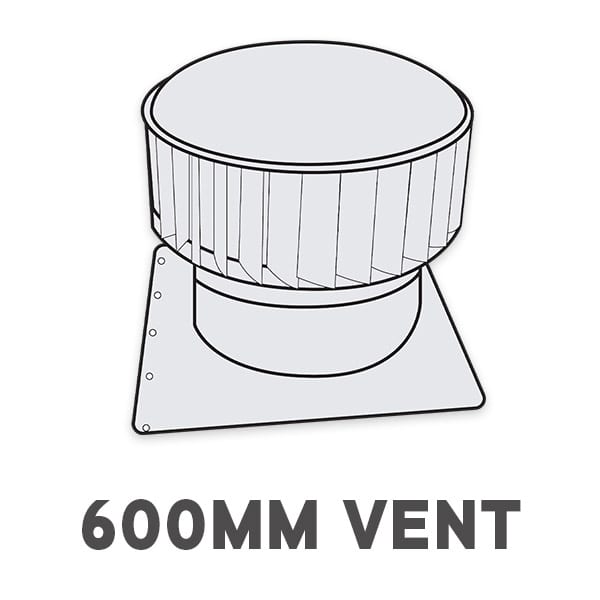
Supply & Installation Price
Sydney Metro Only
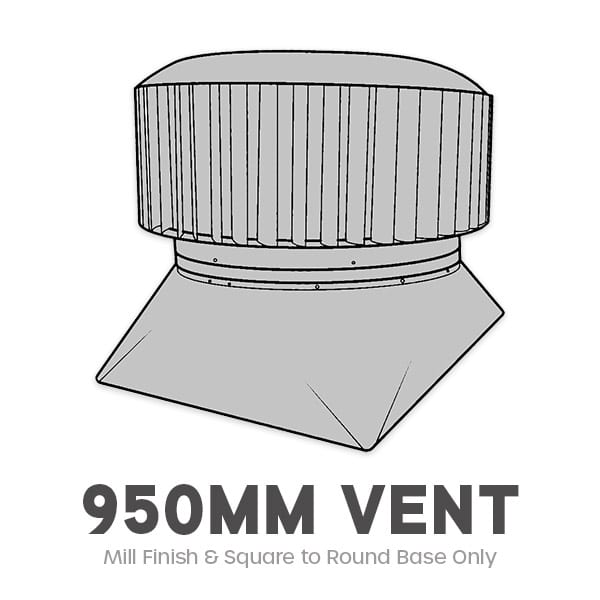
Supply & Installation Price
Sydney Metro Only
1 Roof Vent
Supply & Installation Price
$520/1
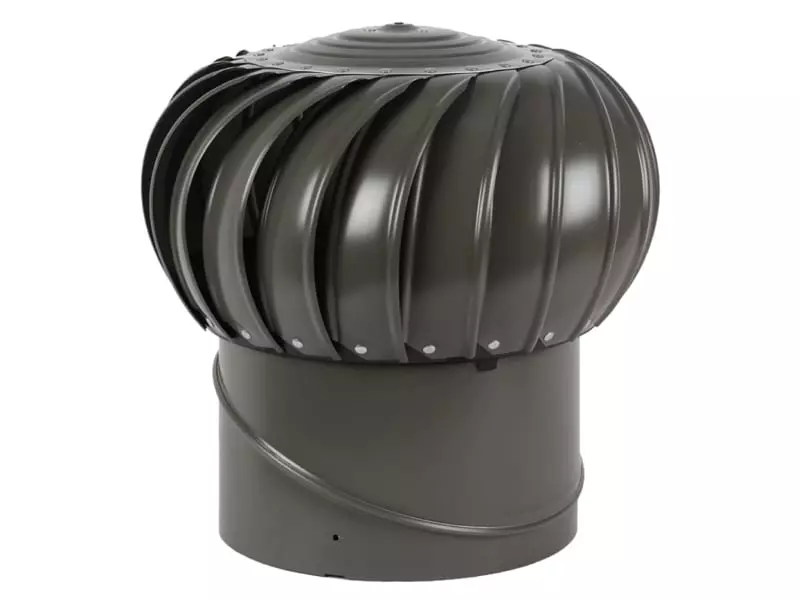
1 Ampelite 300 Spinaway
Colorbond or Mill Finish Supply & Installation Price
Download PDF
2 Roof Vent
Supply & Installation Price
$860/2
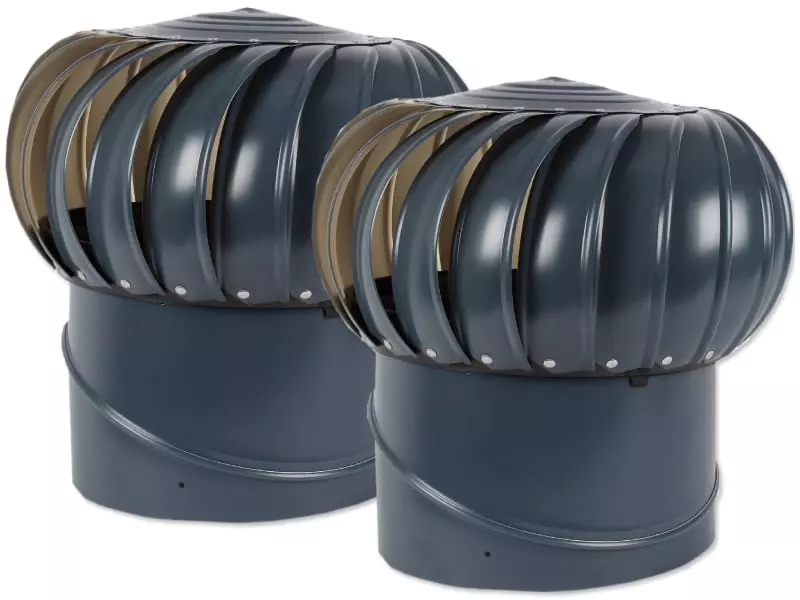
2 Ampelite 300 Spinaway
Colorbond or Mill Finish Supply & Installation Price
Download PDF
3 Roof Vent
Supply & Installation Price
$1,090/3

3 Ampelite 300 Spinaway
Colorbond or Mill Finish Supply & Installation Price
Download PDF
4 Roof Vent
Supply & Installation Price
$1,300/4

4 Ampelite 300 Spinaway
Colorbond or Mill Finish Supply & Installation Price
